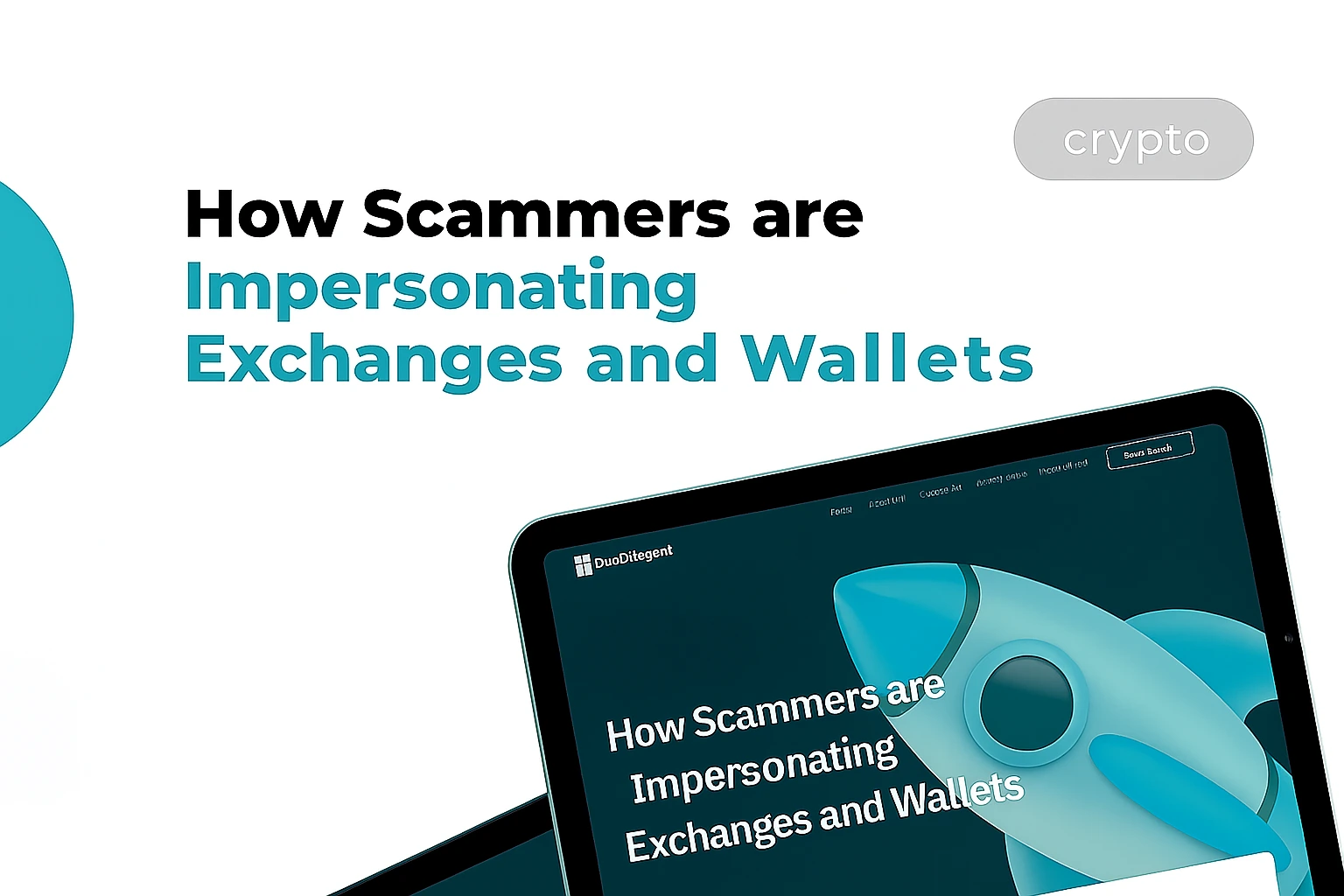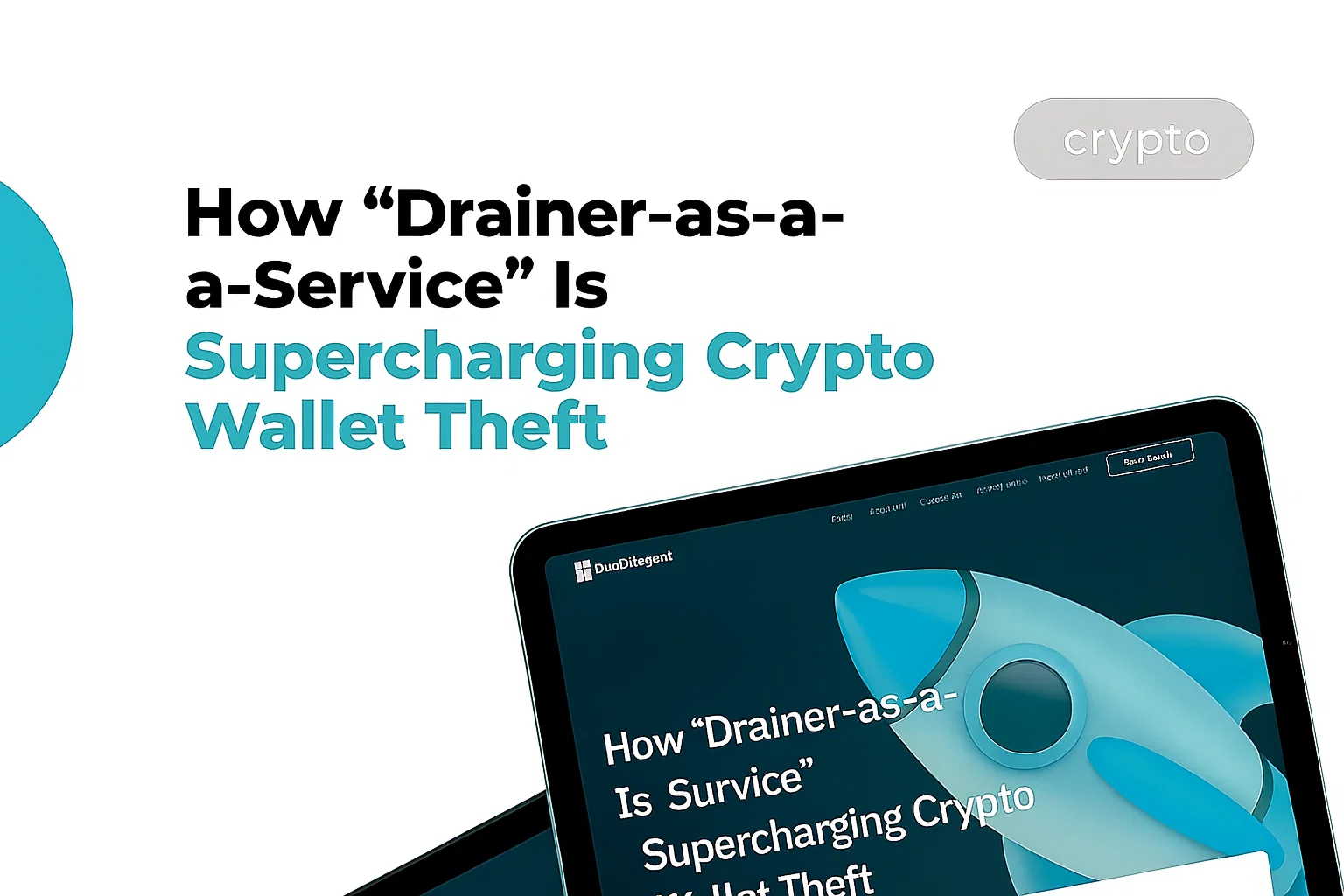
Overview
Table of Contents
The Phishing Epidemic: How Scammers are Impersonating Exchanges and Wallets
In the ever-evolving arms race between scammers and the crypto community, one of the most persistent and effective attack vectors remains one of the oldest: phishing. Phishing is a form of social engineering where an attacker attempts to trick a user into revealing sensitive information, such as private keys, passwords, or recovery phrases, by impersonating a trusted entity.
In 2025, these attacks have become remarkably sophisticated, with scammers creating pixel-perfect replicas of exchange websites, wallet interfaces, and customer support emails. Understanding the modern anatomy of a phishing scam is the first line of defense for any cryptocurrency user.
The bait: Fake emails and websites
The most common form of phishing begins with an email that appears to be from a legitimate cryptocurrency exchange or wallet provider. These emails are designed to create a sense of urgency or fear, prompting the user to take immediate action. Common tactics include:
- “Security Alert” Emails: These messages might claim that there has been an “unauthorized login attempt” on the user’s account and instruct them to click a link to secure their account immediately.
- “Withdrawal Confirmation” Emails: This tactic involves sending a fake notification that a withdrawal has been initiated from the user’s account, with a link to “cancel the transaction” if it wasn’t them.
- “Action Required” Emails: These emails might claim that the user needs to complete a new KYC (Know Your Customer) verification to comply with updated regulations or risk having their account frozen.
The link in the email does not lead to the real website but to a fraudulent clone. This fake site will look identical to the real one, but any information entered into its login fields, username, password, and two-factor authentication code, is sent directly to the scammer.
The rise of “Airdrop” and “NFT Mint” scams
A newer and highly effective form of phishing preys on the community’s excitement about new projects. Scammers will create fake social media profiles and websites announcing a fraudulent “airdrop” or a highly anticipated “NFT mint.” They will instruct users to connect their crypto wallet (like MetaMask) to the site to claim their free tokens or mint their NFT.
However, when the user approves the transaction in their wallet, they are not claiming an asset. They are actually signing a malicious contract that gives the scammer permission to drain all the funds from their wallet. This type of attack is particularly dangerous because it happens on the blockchain and is irreversible.
A key defense is to be deeply skeptical of any “free money” offer and to meticulously verify the legitimacy of any project. This requires a level of diligence similar to that of Fundamental Analysis in traditional investing.
Technical and psychological defenses
Protecting against phishing requires a combination of technical tools and psychological vigilance.
Bookmark Authentic Sites: Always access exchanges and web wallets through a saved bookmark, never through a link in an email or a social media post.
Use a Hardware Wallet: For storing any significant amount of crypto, a hardware wallet is essential. This device keeps private keys offline, and transactions must be physically confirmed on the device itself, making it nearly impossible for a phishing site to drain funds.
Be Skeptical of Urgency: Legitimate companies rarely use high-pressure tactics or demand immediate action for security issues. Any message that creates a sense of panic should be treated as a potential red flag. The psychological pressure is a key part of the scam, a tactic that plays on the emotional responses that are also a major risk in trading.
Verify Domain Names: Before entering any information, carefully examine the website’s URL. Scammers often use subtle misspellings (e.g., “ywo-trade.com” instead of “ywo.com”) or use a different top-level domain (e.g., “.net” instead of “.com”).
While reputable platforms like the YWO trading platform employ advanced security measures to protect their systems, the ultimate responsibility for securing one’s own account lies with the user. By cultivating a healthy sense of paranoia and adhering to strict security practices, users can significantly reduce their vulnerability to these pervasive scams.





